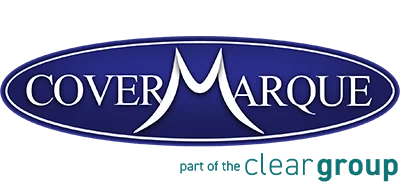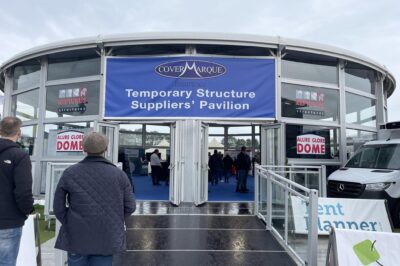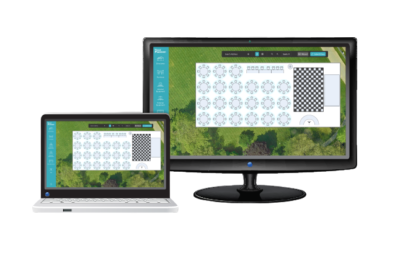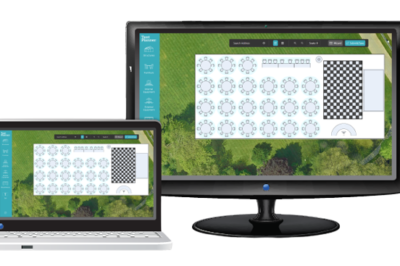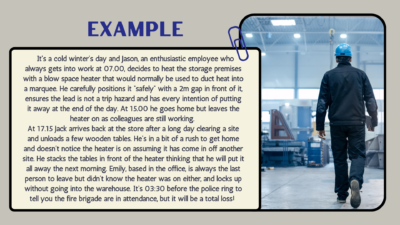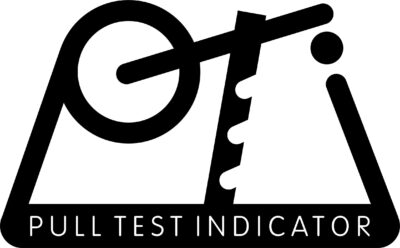Winter Weather Preparations

Everything you need to know about winter weather preparations when it comes to working in the Temporary Structure Industry.
Of course, for those who are still braving the elements for the winter, this is a really good time to ensure that you adjust your risk assessments making allowance for the cold, dark and windy days ahead.
Storms: This is the season for tempestuous storms – so Temporary Structure Hire Companies should be checking weather forecasts at least daily, and comparing the forecast against each structure’s Wind Rating.
In case there is a blowdown, perhaps caused by an unforecast gale, and your structure injures someone, you may need to demonstrate to the HSE that you acted responsibly. Therefore, it is a good habit to record your weather checks. If you check the weather on a smartphone, you can take a screenshot, which can be deleted once the event has passed without incident. Alternatively head to our homepage where there is a Wind Gust Forecast Checker. We are currently redeveloping this tool and in the next couple of weeks there will be the option of the result being emailed to you for your records.
Every structure should have a calculated or estimated Wind Rating, i.e. the maximum safe gust windspeed. All structure manufacturers should provide formal structural calculations; however, these are sometimes not provided for very small structures under 9m span such as gazebos or bell tents. In the absence of structural calculations the operator will need to set themselves a prudent maximum wind gust speed which they are confident is safe.
If the wind gusts are forecast to be within 90% of the maximum wind gust speed rating, then the structure should be dropped or made safe, for example by removing the covers. If a storm isn’t forecast and the wind speed has already risen above safe take down limits, then to minimise the risk of injury to the public you should ensure an exclusion zone is created on the leeward side.
It should be remembered that the calculations provided by the manufacturer are normally based on structures with all sides down, and should specify the required downforce per fixing point. The most common cause of blowdowns is insufficient downforce.
Ballasted Structures: Where a structure is to be ballasted using weights then the structural calculations should state the amount of weight required. Rather than standing the weight on a footplate where it might slip off, it is normally more secure to tie the eave of a structure down to the weight. On smooth surfaces especially, consideration must be taken that there is sufficient friction between the ground and the weight to prevent it from slipping sideways. For small structures without structural calculations the amount of weight required is often massively underestimated.
Staked Structures: Unfortunately, strong wind is generally accompanied by heavy rain, which is exacerbated by an increased concentration of water falling off the structure’s roof onto the fixing points. Waterlogged ground is likely to provide a fraction of its normal holding. As an example a 3m-6m party frame tent might only require a single 80cm stake in ideal soil types and dry ground (please check with the manufacturer), however if the ground is wet, two or more stakes might be required per leg. When adding additional stakes to a frame tent, it is often better to use guy ropes secured from the top of the leg and angle the stakes as per traditional marquees.
Wind can also loosen stakes, so if a structure has been subjected to high winds, then you should attend the site to check the stakes and re-stake and add additional stakes, if necessary, even if the forecast is improving.
Ideally the operator should perform and record stake pull tests in ground near the staking points. We are delighted that recently an affordable pull test indicator has been brought to market, by a company called JustJoe! Ltd. For further details please email [email protected]
Anemometers: For large structures, or structures which will be erected for a longer period, it might be useful to fix an anemometer to monitor and record the live windspeed on site. This can be especially useful for determining when a structure must be evacuated for safety reasons. (Some structure operators and event organisers set the evacuation gust wind speed at 75% of the structure’s wind gust speed rating of the structure, however other factors such as the estimated time needed to evacuate might influence this). Modern anemometers can send a signal to a mobile phone app, so can be positioned on the structure above ground level, and can also be monitored offsite. For a supplier of suitable products, click here to see our useful supplier page.
Snow: Settled snow can be surprisingly heavy. Depending on the moisture content snow can weigh up to approximately 15kg per cubic foot or around 525kg per cubic metre. For example, 6 inches of snow on a 9m x 9m marquee could weigh 6 tonnes. If two structures are connected and the roofs form a valley then the depth of snow is likely to increase.
The easiest solution is normally to heat the structure so that snow doesn’t settle. Heating the structure to 12 degrees can prevent snow settling on many structures, but the required temperature will vary depending on the material, the pitch of the roof, the air temperature and the rate of snowfall.
If it isn’t possible or practical to heat the structure adequately then either the snow will need to be removed if it is safe to do so, or the structure should be dropped or have the covers removed before the snow arrives.
Working in the cold: Ensure that workers are suitably dressed and that you provide adequate PPE, especially where workers are handling very cold metalwork. Consider the length of time workers may be outside and provide soup or hot drinks, and, if necessary, facilities for workers to warm up. For more information on preventing cold stress when working outdoors see here.
You should incorporate working in the cold in your training programme, including ensuring that employees, especially foremen, can recognise the early signs of cold stress, a condition there the body can no longer maintain its temperature. Symptoms include a cough or body aches. Cold Stress can lead to hyperthermia and frostbite. Hyperthermia symptoms include: severe shivering; uncontrolled breathing; drowsiness; confusion; loss of coordination; cold and blue skin; irregular or weak heartbeat; enlarged pupils. Early warning signs of frostbite include: pins and needles and numbness.
Site lighting: During the winter there are limited daylight hours to erect and dismantle structures. Ensure that you provide adequate site lighting if you are asking staff to work when it is dark. In lower light levels high visibility clothing becomes even more important, and there may be an increased risk of slips and trips. Peoplesafe provide some useful tips on winter wellbeing for outdoor workers.
Gritting walkways: In freezing conditions it is important to grit walkways as well as roads and tracks. This is especially important where workers are loading and unloading vehicles or carrying equipment. It can be a good idea to carry a bucket of grit on your transport, or even better to contact the venue owner in advance and ask them to grit the unloading area and any pathways your workers will need to use.
Risk Assessments & Training Programmes
Use this time to re-visit your risk assessments and training programmes, and if you experienced any hiccups during the year, the quiet months will give you the opportunity to reflect on them, iron them out and reduce some of the stress for the next year.
If you would like any more guidance on these and other winter risks, then please feel free to email us [email protected].
